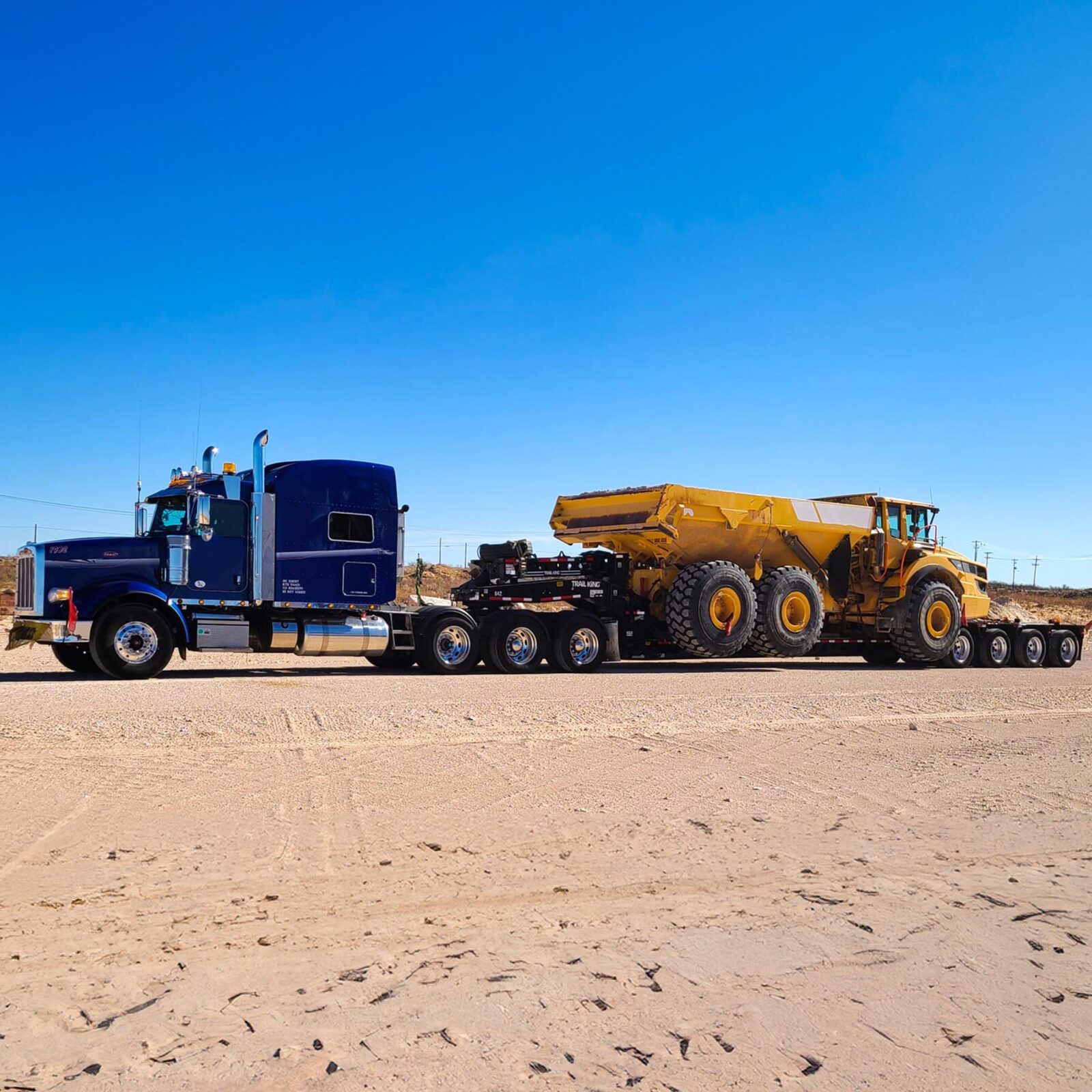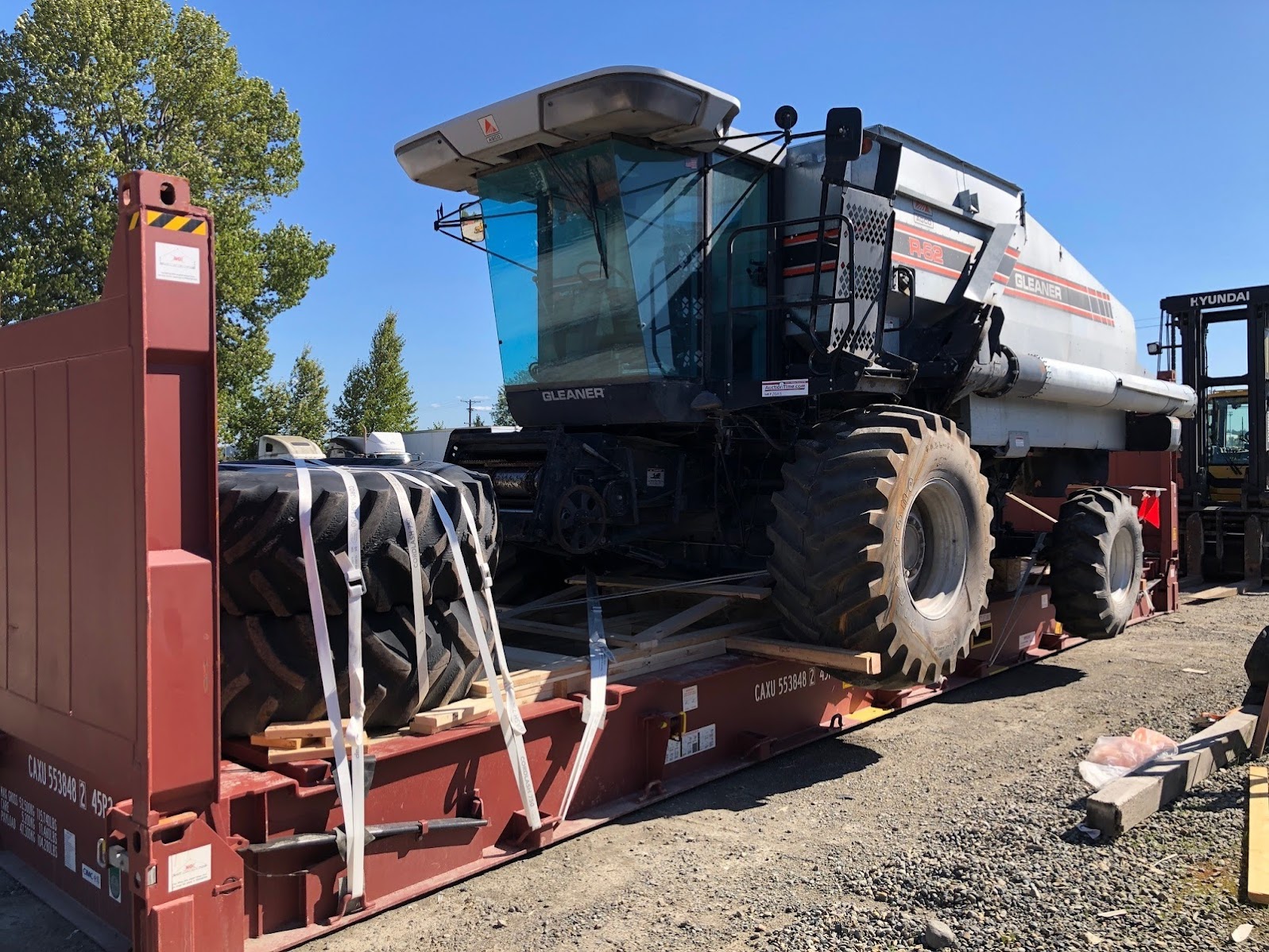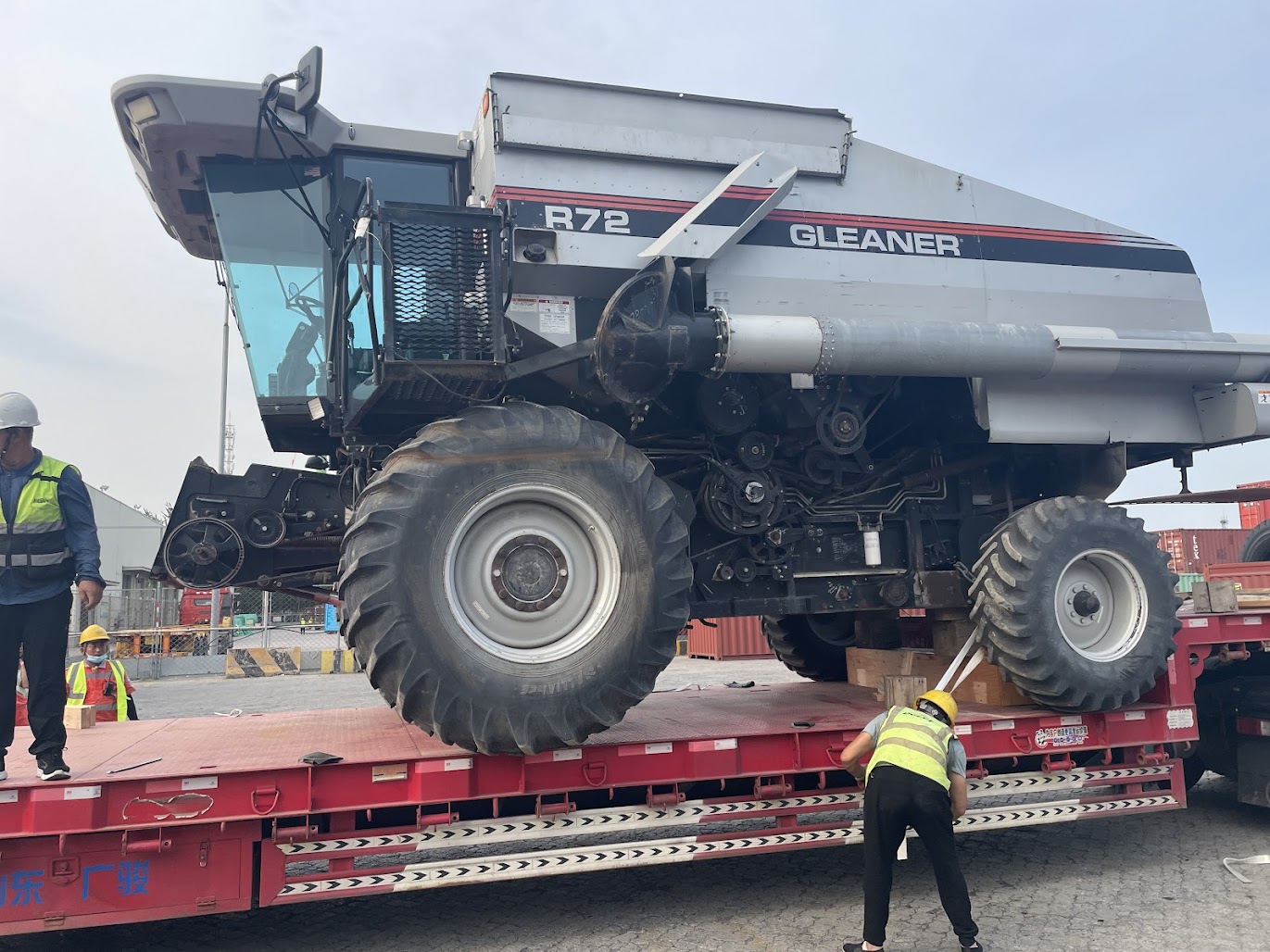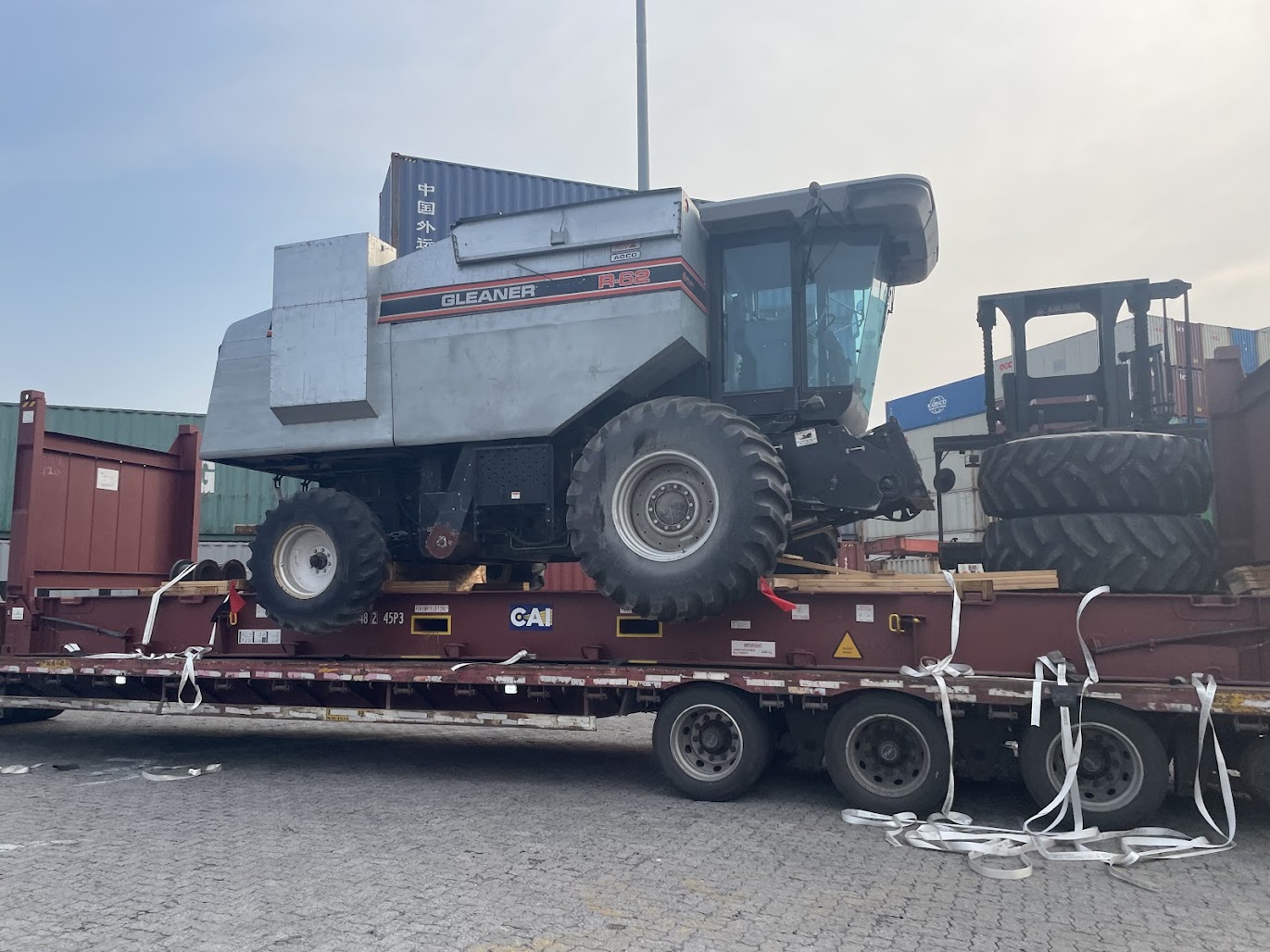
Transporting construction equipment can be a daunting task — the size of the parts, the expense, the complexity of regulations, and finding transport options that fit within your budget.
Atlantic Project Cargo understands the challenges of construction equipment logistics. If you need to transport your excavator, skid steer, grader, crane, or other machine, our company is always here to help.
International Shipping of Construction Machinery
How to Ship Heavy Equipment via Ocean Freight?
International Shipping Compliance, Regulations, and Restrictions for Construction Machinery
The rules differ from country to country, but the common ones are:
- Export control (ITAR, EAR, and so on)
- Import regulations (tariffs & duties, non-tariff barriers, safety standards, customs clearance)
- Transport regulations (shipping documentation, dangerous goods regulations, weight and dimensions restrictions, insurance and others)
- Technical standards (differences in safety standards, emissions, and noise regulations)
- Phytosanitary certificates (required for machinery if it interacts with the ground and is transported to Australia or New Zealand)
Construction Equipment Transport Services Across The Country
Restrictions on Moving Construction Equipment
Moving machinery over long distances comes with restrictions and regulations, such as:
- Road regulations (speed limits, width and height restrictions, road use permits)
- Transport regulations (oversized load permits, escort vehicles, route planning, insurance)
- Additional regulations (seasonal restrictions, weight limits, local regulations)
How to Prepare Your Construction Machinery for Shipping?
Preparing equipment for shipping can seem complicated, but it doesn’t have to be.
At Atlantic Project Cargo, we do it all for you. We offer disassembly, packing, and shipping in standard containers, Ro-Ro, and flat racks. Preparing your machinery for transport is a matter of taking the necessary steps to protect your equipment during transit. This includes:
Draining any excess fuel or oil
Operating a basic safety check on the equipment
Securely packaging smaller components in crates and boxes free from rust and corrosion
Construction Equipment Transportation Process

Provide shipment details

Link, brand, model, and dimensions

Receive a detailed quote

We oversee the shipping process

Customs clearance and delivery
Your Success, Our Priority

Google Reviews
FAQ
Yes, we offer both domestic and international construction equipment shipping services.
The delivery time depends on the distance, chosen transportation method, and any potential delays. We offer estimated shipping times during the quote process.
Yes, we offer comprehensive insurance coverage to protect your machinery during transit.
The required documents vary depending on the shipping destination. Generally, you will need a bill of lading, commercial invoice, and possibly export/import permits. Our team can assist you with the necessary documentation.
Yes, we provide door-to-door pickup and delivery services for your convenience.





